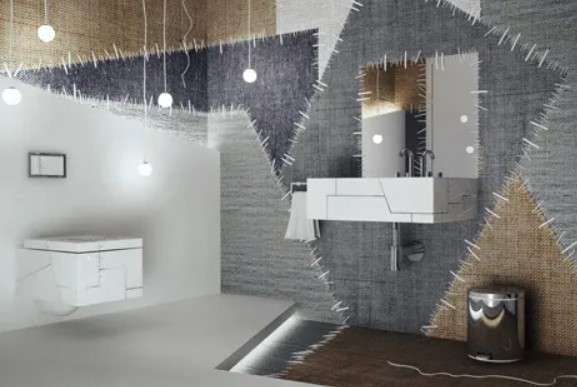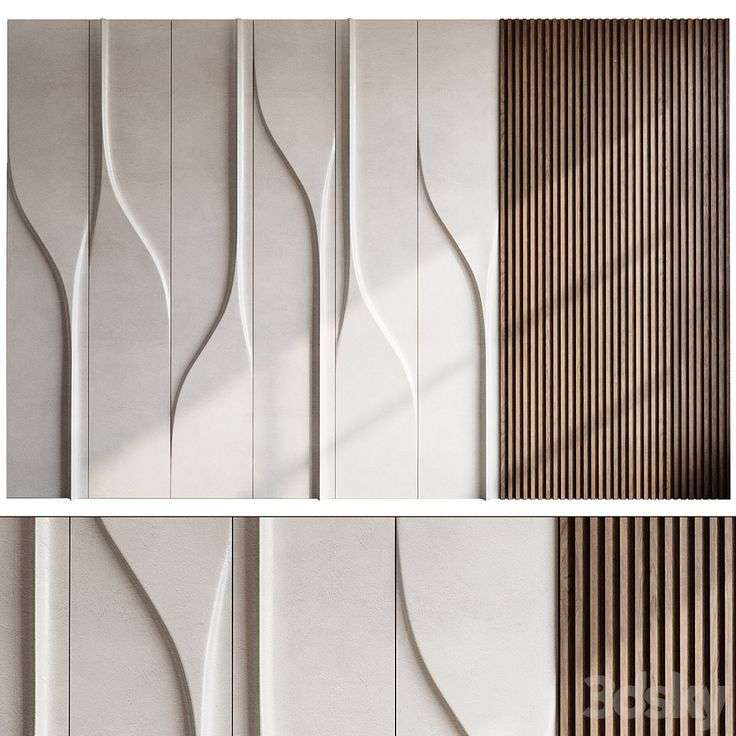When it comes to interior design, textiles are often the unsung heroes that contribute significantly to the overall aesthetic and atmosphere of a room. Whether it’s the luxurious drapes, a cozy throw, or a statement rug, textiles can elevate a space in ways that are both functional and visually appealing. At Scale & Structure, we believe that thoughtfully chosen fabrics and textiles can completely transform a room, adding depth, texture, and personality.
In this blog, we’ll explore the critical role textiles play in interior aesthetics and how they can be used to enhance your home’s design. From color palettes to texture contrast, here’s why textiles should be at the forefront of your design choices.

1. Color and Mood Enhancement
Textiles as a Canvas for Color
Color is one of the most powerful tools in interior design, and textiles serve as the ideal medium for bringing your color palette to life. Upholstery fabrics, cushions, curtains, and rugs all contribute to the tone of a room, setting the mood and atmosphere.
- Warm Tones: Rich, earthy hues like terracotta, deep reds, and mustard yellows can create a cozy, inviting space perfect for living rooms or bedrooms.
- Cool Tones: Soft blues, greys, and greens exude calmness, making them ideal for creating tranquil spaces like meditation rooms or bathrooms.
- Neutral Tones: Beige, ivory, and soft taupes offer a sophisticated and timeless backdrop, allowing other elements in the room to shine.
The careful use of textiles allows you to infuse different colors into a room, balancing vibrancy with calm and warmth with coolness. It’s a practical way to adjust the emotional impact of your space without overwhelming the senses.
The Importance of Textile Texture in Color Perception
Different textile materials (such as velvet, linen, or cotton) can make colors appear richer or softer. For instance, velvet in deep hues can look more luxurious, while linen in the same color may give off a more relaxed, natural feel. The texture of the fabric is just as important as its color when it comes to setting the tone of your space.
2. Adding Texture and Layering
Texture as a Design Element
Textiles are key in adding dimension to a room. By layering fabrics with varied textures, you can create a rich, multi-dimensional environment that feels lived-in and comfortable. Combining different textures – like silky drapes, soft wool throws, and textured linen pillows – can make a room feel more dynamic and inviting.
- Soft Fabrics: Fabrics like velvet, chenille, and silk introduce a tactile richness to furniture and accessories, making a space feel cozy and intimate.
- Rougher Fabrics: Linen, jute, and leather offer a natural and organic texture that can give a room a more grounded and earthy vibe.
The interplay of smooth, rough, soft, and textured materials ensures your space isn’t flat or one-dimensional. Textured textiles add a layer of sophistication and tactile pleasure to your design.
3. Creating Visual Contrast and Balance
Contrasting Textures for Visual Interest
Textiles play a vital role in creating balance and visual contrast in a space. Pairing different textures, such as combining a leather sofa with a plush velvet cushion or a sleek cotton throw with a woven wool rug, adds visual interest while maintaining harmony in the design.
By mixing and matching textures and patterns, you can introduce contrast that adds excitement to the room without it feeling chaotic. The key is moderation: you want to achieve a sense of balance between fabrics that are too rigid and others that are too soft. This interplay of textures helps define a room’s character and aesthetic.
Balance Between Fabrics and Furniture
Textiles can also be used to balance the hard edges of furniture. For instance, a space filled with metal or glass furniture might feel too cold and impersonal, but soft textiles like cushions or curtains can bring warmth and a sense of comfort to the environment. Textiles help bridge the gap between different materials, ensuring that the room feels cohesive.
4. Defining Style and Identity
Textiles as a Reflection of Personal Style
Fabrics have the power to define a space’s style and reflect the personality of the people who live there. Whether you prefer the clean lines of modern minimalism, the elegance of traditional design, or the eclectic charm of boho style, textiles are a vital part of expressing that identity.
- Modern/Minimalist: Opt for sleek, solid-colored textiles such as linen or cotton with simple, geometric patterns.
- Traditional: Choose luxurious textiles like velvet, damask, or brocade, often in rich colors and classic patterns like florals or stripes.
- Eclectic/Bohème: Mix and match textured fabrics such as kilim rugs, embroidered cushions, and handwoven throws to create a free-spirited, lived-in look.
Textiles allow you to experiment with patterns, colors, and materials, making them essential for tailoring your space to your unique vision.
5. Functionality Meets Aesthetics
Textiles That Serve Practical Purposes
While textiles undoubtedly impact the aesthetic quality of a room, they also serve a functional role that enhances your living space. Upholstery, curtains, cushions, and rugs provide comfort and usability while contributing to the overall aesthetic.
- Comfort: Soft cushions and upholstered furniture invite relaxation and comfort. Textiles offer a sense of warmth and welcome, encouraging people to spend time in the space.
- Privacy and Light Control: Draperies and window treatments not only add a design element but also help regulate light, control privacy, and provide insulation, contributing to the room’s overall functionality.
- Noise Reduction: Soft textiles can reduce noise in a room, making it feel more intimate and quieter. Rugs, curtains, and upholstered furniture can absorb sound, making a room feel cozy and private.
When you choose textiles that balance form with function, you create a space that is not only visually appealing but also practical and comfortable.
6. Sustainability and Eco-Friendly Textiles
A Sustainable Approach to Textile Choices
In today’s design world, sustainability is increasingly important. Eco-friendly textiles, such as organic cotton, hemp, and wool, can help reduce your environmental impact while maintaining the beauty of your space. Choosing sustainable fabrics means investing in materials that are better for both your home and the planet.
At Scale & Structure, we advocate for thoughtful selections when it comes to sustainability. Eco-friendly textiles ensure that your aesthetic choices don’t come at the expense of the environment, contributing to a more sustainable future in interior design.



